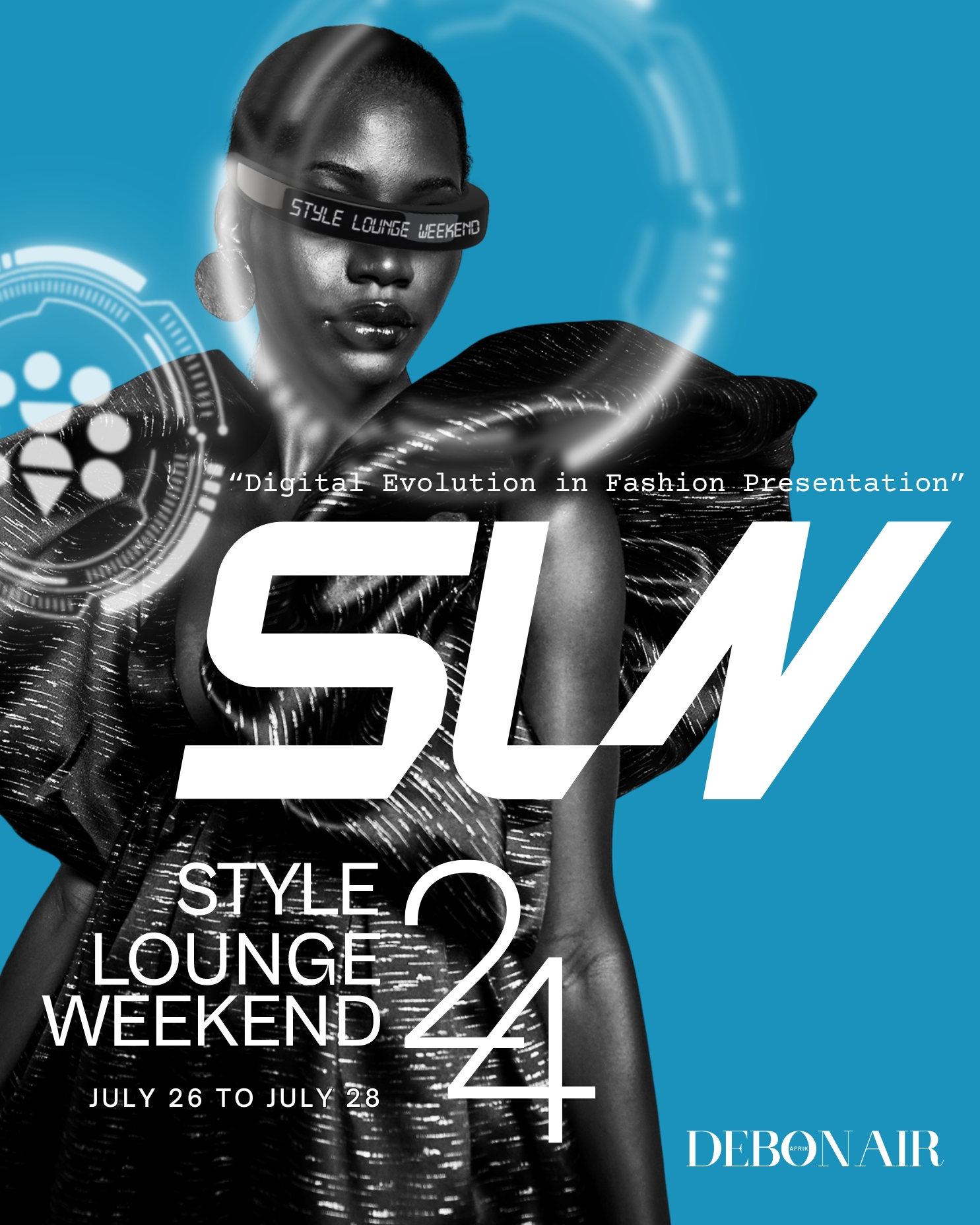Ghana has a long history of producing textiles. When it comes to employment creation and export potential, Ghana’s textile and apparel industry is one of the most important industries.
Within Ghana’s cultural tapestry, traditional textiles are extremely important. They represent identity, legacy, and a rich, multigenerational history of textile production; they are more than just materials. Adinkra, Kente, and Fugu are a few of the most famous of these textiles; each one conveys a distinct tale of Ghanaian creativity and culture.
Take a trip through these classic textiles as we explore their meaning, history, and the elaborate processes that have made them a priceless component of Ghana’s cultural legacy.
Adinkra Cloth
Adinkra are Ghanaian symbols that are widely utilised in textiles, logos, and ceramics. They stand for ideas and observations that are true to life. They are prized for their elaborate patterns and deep symbolic meaning. Proverbs are frequently associated with a variety of symbols, each having a unique meaning.
Adinkra also known as the Prestige cloth is made via a labour-intensive process that includes weaving, stamping with Adinkra symbols, and dying using natural plant-based dyes. These symbols, which include Gye Nyame and Sankofa, represent Ghanaian values and beliefs and transmit deep intellectual and spiritual lessons.
Kente
Famous Ghanaian textile Kente cloth has strong cultural roots and mainly comes from the Ashanti people. It has evolved to represent wealth and status and is worn by people from many socioeconomic strata.
Every Kente design is distinct and has deeper meanings based on historical occurrences, proverbs, or moral precepts. The complicated process of weaving involves selecting colours carefully and weaving on narrow looms to produce beautiful patterns.
Fugu
Fugu fabric, sometimes referred to as “smock” or “batakari,” is a traditional handwoven cloth that is worn by the Dagomba and Mamprusi tribes of Northern Ghana. It is distinguished by vivid hues, complex patterns, and striped patterns.
Fugu is made by collecting cotton, spinning it into yarn, dying it using natural plant-based dyes, and weaving the yarn by hand on a loom. The distinctive striped designs on the fabric are produced by double weaving.
Fugu fabric has cultural significance and is worn for festivals and weddings in addition to regular clothing. Its designs and hues reflect the rich cultural legacy of the area while also communicating social and cultural values.
Tie/dye
Tie-dye is a popular traditional way of decorating fabrics in the Ghanaian textile industry. They are locally known as “adire” and are made by tying and binding portions of cloth together with string, rubber bands or a strong thread called “raffia” to create designs, which are then dyed. The tied or knotted sections resist the dye, resulting in a unique and detailed motif. Tie-dye materials are used to create apparel, accessories and home decor. They are generally distinguished by brilliant colours and strong designs, which reflect Ghana’s rich cultural past.
Batik
Batik is a popular and well-known traditional fabric-dying process in Ghana’s textile industry. Batik is the process of putting hot wax on a fabric with a tool called tjanting to produce beautiful and complex patterns and designs. The waxed portions resist the dye, creating lovely and complex patterns on the fabric.
Batik fabrics are used to create a wide range of products, including apparel, accessories, and home decor. The technique is particularly popular among Ghanaian artists and designers, who appreciate its detailed and artistic aspects. Batik fabrics are known for their brilliant colours and unusual designs, making them popular both locally and worldwide.















